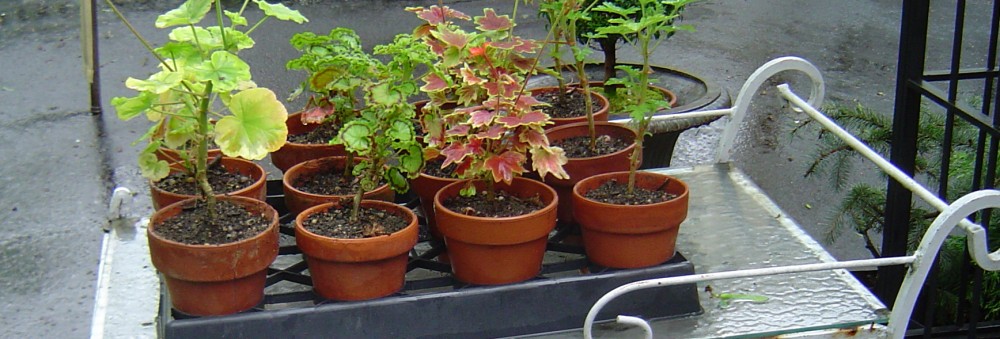“Traveling makes one modest: one sees what a tiny place one occupies in the world.”
— The Letters of Gustave Flaubert, 1830-1857
It feels good to be back home. Refreshed from my travels, I’m eager to get back in the garden. Returning after an absence always makes me approach it with some trepidation. What if something has gone terribly wrong? is a thought that hits me every single time. Thankfully, all is well. Sure the weeds have made merry, the beds are a bit messy with some plants calling it it quits for the season and, the tiny lawn is in need of a trim but in general, it’s all par for the course. The garden is transitioning into autumn.
I’d been concerned that the hummingbird feeder would run empty and thereby the birds would be denied their regular supply but it’s perplexing that after a whole two weeks, the feeder is still a third full. Have the hummingbirds moved on already? I sincerely hope nothing untoward has happened to them. I must look into understanding this before I’m consumed with worry.
The figs tree was heavy with ripe fruit that were enjoyed right away. In fact, the enthusiasm over the splendid harvest made me forget to take a photograph before they disappeared. You just have to take my word for it. The tomatoes are still going strong and I’m getting ready to make sauce for canning.
The asters are just starting to bloom and I think they’re a bit late. Usually, they’re in full swing by now. I’d actually thought I might be late to the show. The vertical garden is having its moment – looking lush and full just as so much else is waning.
The turtleheads in the meadow are growing strong. I love how dependable they are. I’ve come to the realization that the flowers of the oak-leaved hydrangea (H. quercifolia) do not last as long into fall as the my other hydrangea(H. paniculata). The former already look crisp and brown while the latter have moved from white to that soft blush that I so adore. However, the leaves of the oak-leaved have the added bonus of changing color so, I’m looking forward to that display.
All the Concord grapes have either dropped too early or the robins that nest amidst the vine have got to the fruits first. No jelly this year. So be it. Postscript -just last night I discovered that the gardeners at Hortus Arboretum and Botanical Gardens use ordinary paper lunch bags to protect their grapes. Somehow, these humble bags even survive the rain! I’ll be trying that next year.
No apples or pears either. Just as the fruit trees were in beautiful bloom in the spring, a very cold spell hit and the pollinators stayed home. The flowers spent themselves out soon after. First hand lessons in the garden. The leaves of the apples dropped off by early August and I saw that the trees at Stonecrop gardens had a similar problem but those still bore some ripening apples so, I’m a bit envious. I can only assume that the very hot months of summer took a toll and the leaves fell early.
“Even in his most artificial creations, nature is the material upon which man has to work.”
— Marcel Proust, Swann’s Way
It’s been a really weird summer season this year – much too hot with spells of either too much rain or complete lack thereof. Perhaps this will be the new normal and we will have to adjust what and how we garden. I’m trying to keep pace. This is after all, our future. That has to concern everyone.
In a month, I’ll be cutting and tidying in preparation for the winter. Hundreds of bulbs ordered earlier in summer will also arrive at that time for fall planting.
As the sun sets earlier and earlier, I’m determined to enjoy every available hour of daylight before I get caught up in all the busy-ness. All too soon, it’ll be winter and I want to be warmed by that sense of smugness that I had a good time while I could.
Note: I invite you to come to the “Restoring Historic Gardens” Symposium at Untermyer Gardens on Saturday October 19, 2019. I’m excited to be moderating the panel discussion that will follow after the three speakers share experiences with their respective historic gardens.
The “Walk In Our Shoes” exhibit is on till September 30. Hope you will visit this wonderful art show.














(c) 2019 Shobha Vanchiswar
[do_widget “Blog Subscriptions (Jetpack)”]






















